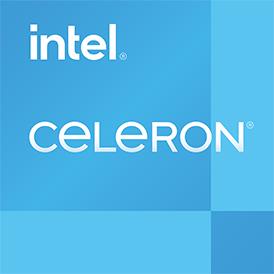 Geekbench 5, 64bit (Multi-Core)
Geekbench 5, 64bit (Multi-Core)
|
|
HiSilicon Kirin 960
8C 8T @ 2.4 GHz
|
1491
|
|
|
Intel Celeron E1400
2C 2T @ 2.0 GHz
|
384
|
 Geekbench 5, 64bit (Single-Core)
Geekbench 5, 64bit (Single-Core)
|
|
HiSilicon Kirin 960
8C 8T @ 2.4 GHz
|
381
|
|
|
Intel Celeron E1400
2C 2T @ 2.0 GHz
|
244
|
 iGPU - FP32 Performance (Single-precision GFLOPS)
iGPU - FP32 Performance (Single-precision GFLOPS)
|
|
HiSilicon Kirin 960
8C 8T @ 2.4 GHz
|
245
|
